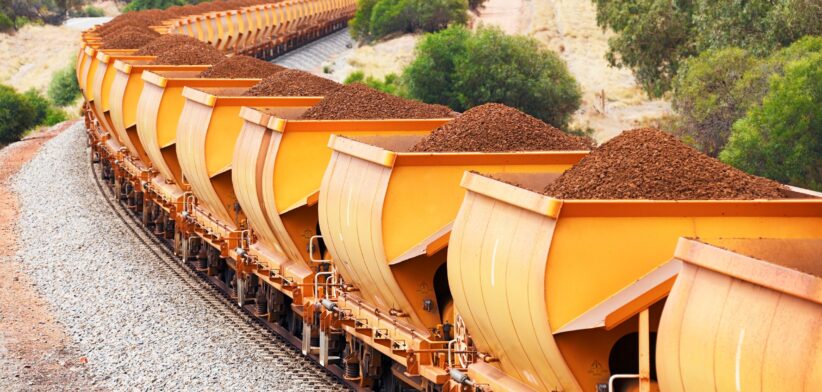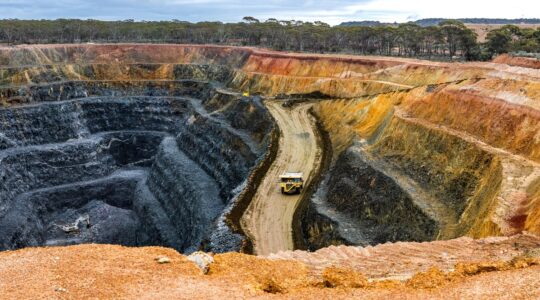Commodity prices have normalised, following a spike brought on by Russia’s invasion of Ukraine, leading to a predicted drop in Australia’s resources and energy export earnings over the next two years.
The June Resources and Energy Quarterly (REQ) from the Department of Industry, Science and Resources estimates export earnings of $417 billion in the year to June 30, 2024, down from record a $466 billion in 2022–23.
The report says export earnings are forecast to ease further to $380 billion in 2024–25 and to $356 billion in 2025–26, after which commodity prices will start to level out.
Federal Resources Minister Madeleine King said commodity prices were now returning to normal levels as global supply steadily improved after Russia invaded Ukraine.
Minister King said export volumes across most major commodities remained strong, demonstrating that demand remained resilient for Australia’s resources exports.
“This data shows the resources industry remains the bedrock of our economy and our economic wellbeing,” she said.
“Our iron ore and LNG exports also continue to support the energy security of our major trading partners.
“Importantly, we are seeing strong demand for the critical minerals and strategic materials needed for low-emissions technologies, including lithium, nickel, copper and aluminium.”
The June REQ forecasts a modest improvement in nickel prices, after the world market was hit by a significant increase in supply from Indonesia.
It found global demand was forecast to grow by 3.6 percent over the coming two years, however, Australian nickel export earnings were forecast to fall from $3.5 billion this year to $2.3 billion in 2024–25 and $1.5 billion in 2025–26.
The report found iron ore remained Australia’s top commodity export.
It forecast lower prices over the next two years, although volumes were forecast to increase by 2.3 percent a year. Exports are forecast to earn $138 billion in 2023-24, $114 billion in 2024–25 and $102 billion in 2025–26.
Australia’s LNG export revenues are forecast to decline from $69 billion in 2023–24 to $59 billion by 2025–26, due to lower world prices after the record highs of 2022. Export volumes are expected to decrease slightly from a strong level in 2022–23.
Gold exports are expected to earn a record $33 billion in 2023–24, easing to around $31 billion in 2025–26.
The report said gold prices had risen in 2024 on the back of strong demand from investors and central banks, supported by the prospect of lower global interest rates, geopolitical tensions and worries over China’s property market.
Australia’s copper exports are forecast to rise from $12 billion in 2023–24 to $17 billion in 2025–26 due to higher prices as a result of an improved manufacturing outlook in China and a ban on Russian metals on the London Metals Exchange and COMEX commodity exchange.
The report found Australia’s combined thermal and metallurgical coal export earnings were forecast to fall from $90 billion in 2023–24 to $70 billion by 2025–26 due to global prices easing from the 2022 energy price spike.








